On Demand Ventilation Reduce Utility Bills
Go Green By Adding Energy Efficiency To Your Kitchen Ventilation System
Think Green:
You will save money and energy with the
Intelli-Hood controls. But just how much?
The following two energy savings analyses will help you calculate your potential
annual savings and estimated time until payback.
The first report is our One-Minute Energy Savings Calculator. This is a great tool
for someone who wants a quick, easy, and reasonably accurate estimate of savings.
The second is our Detailed Energy Savings Report, an excellent tool that produces
an accurate and comprehensive description of savings. It yields objective results,
as it utilizes an Outdoor Airload Calculator developed by independent PG&E
consultant Don Fisher.
Each analysis uses the same data from a fast casual Mexican restaurant located
in Houston, Texas. You will find that the One-Minute Calculator yields an energy
savings that very close to the Detailed Energy Savings Report findings.
Recive fast payback – The equipment pays for itself and the system, in most cases, offers a return on investment in less than two years.
Demand Ventilation Featuring the Melink Intelli-Hood System

If you are not familiar with this term, you are not alone. Demand ventilation is quickly becoming a popular term amongst today’s universities, hospitals, prisons, restaurants, building owners and engineers due to spiraling energy costs and our need to protect the environment.
Demand ventilation is the process of controlling ventilation based on the demands of the indoor environment. In commercial kitchen applications, demand ventilation systems automatically control fan speed of exhaust fans and makeup air units based on the heat and smoke load in the kitchen hoods, at any given time. This means the exhaust and makeup air fan speeds are decreased when little or no cooking is occurring, resulting in dramatic energy savings of up to 50%.
Air Solutions & Balancing, LLC is proud to be the #1 factory rep for installations in the country and are the Northeast rep for the Melink Intelli-Hood® product. Our team specializes in worry free, turn-key installation in both new and existing environments. When choosing the Melink Intelli-Hood®controls system, typical annual operating savings are $1500-$3000 per kitchen hood per year, with payback periods that can range as low as 2-5 years. 
Benefits:
- Fully automated fan start / stop and operation
- Customizable to fit any kitchen hood configuration
- Can Integrate with any building automation system
- Improves kitchen comfort
- Lower energy costs.
- Increased life of ventilation system
- Improved fire safety
- LEED Credit Eligible (link to LEED Application Guide pdf)
How does the Intelli-Hood system work?
The Intelli-Hood controls sense heat and smoke, and automatically reduce speeds of kitchen exhaust and make-up air unit fans, during idle, non-cooking periods. This reduces fan energy, a well as energy use associated with supplying tempered or conditioned make up air. Click here to see how the system works. A properly implemented demand ventilation control system essentially minimizes the energy burden while maximizing the ability of the hood to capture and contain cooking effluent.
The go-green Intelli-Hood® controls are the new industry
standard for commercial kitchen ventilation systems.
Engineers, consultants and operators are specifying
them on thousands of hoods for both new and existing
stores.
Savings & Benefits
The Intelli-Hood controls improve hood efficiency up
to 50%. Typical annual operating savings are
$1,500-$3,000 per hood, with a payback of 1-3
years. They also improve kitchen comfort, indoor air
quality, and fire safety.
Simple to Use
The cook/chef presses the light and fan switch on the
Keypad. That’s it!
The hood lights then turn on and the fans go to a
preset minimum speed of 10-50%. When the cooking
appliances are turned on, the fan speed increases
based on exhaust air temperature. During actual
cooking, the speed increases to 100% until the
smoke/vapor is removed.

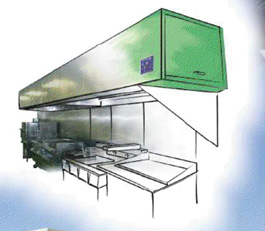
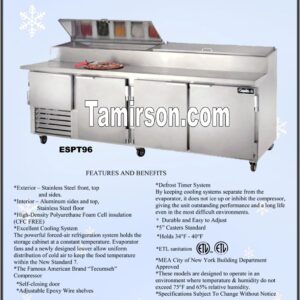

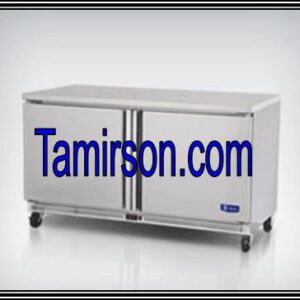
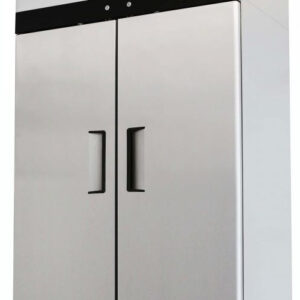
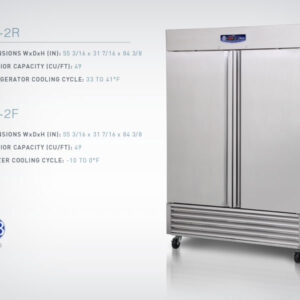

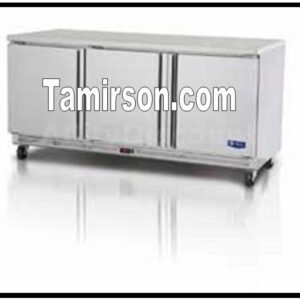

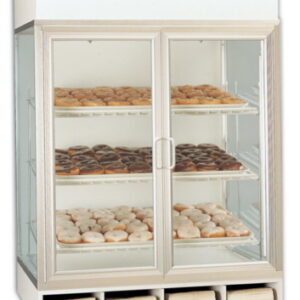
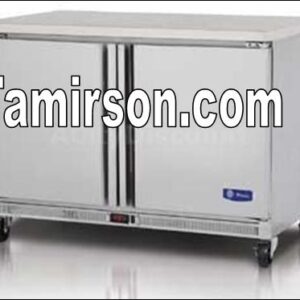
Reviews
There are no reviews yet.